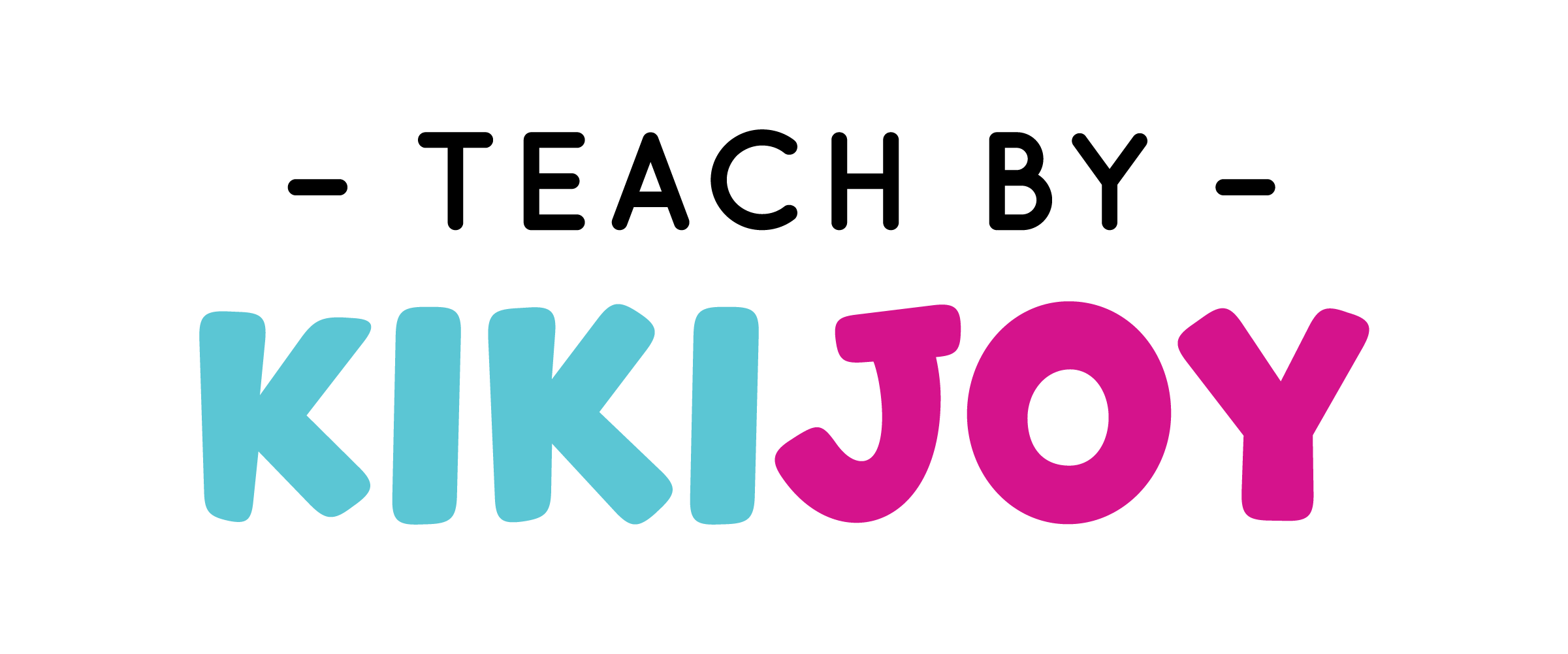As a teacher, you know that managing behavior in the classroom can be a time-consuming and challenging task. But what if there was a way to decrease student conflicts and improve your classroom community while also spending less time managing behavior? Enter design thinking.
Design thinking is a problem-solving approach that encourages creativity, critical thinking, and collaboration. It involves five stages: empathize, define, ideate, prototype, and test. By applying design thinking to your classroom community, you can foster a positive and inclusive environment that promotes learning and minimizes conflicts.
Here are 5 steps to use design thinking to improve your classroom community:
- Empathize: Start by empathizing with your students. Listen to their concerns and try to understand their perspectives. This will help you identify any underlying issues that may be causing conflicts.
- Define: Define the problem you want to solve. For example, you may want to reduce the number of conflicts in your classroom or increase student engagement.
- Ideate: Encourage your students to brainstorm solutions to the problem. Create an open and supportive environment where all ideas are welcome. This is an opportunity to involve your students in the problem-solving process, which can help increase their engagement and investment in the solution.
- Prototype: Once you have some ideas, start building prototypes of your solutions. This could be anything from a classroom agreement that sets expectations for behavior to a physical space designed for collaboration.
- Test: Finally, test your prototypes with your students. Ask for their feedback and make any necessary adjustments. This process can be iterative, so don’t be afraid to go back to ideating and prototyping if necessary.
Not only does this process help to solve problems within your classroom community, but it involves students in both the analysis of the problem and generation of the solution. This student participation can lead to many wonderful things, including:
- Foster a positive and inclusive environment: By involving your students in the problem-solving process, you can create a sense of ownership and investment in the solution. This can lead to a more positive and inclusive classroom community.
- Reduce student conflicts: By identifying and addressing the underlying issues that may be causing conflicts, you can help reduce the number of conflicts in your classroom. This can free up time that you may have spent managing behavior, allowing you to focus on teaching and learning.
- Increase student engagement: By involving your students in the problem-solving process, you can increase their engagement and investment in the classroom. This can lead to a more positive and productive learning environment.
Design thinking can be a powerful tool to improve your classroom community, decrease student conflicts, and make you as a teacher spend less time managing behavior. By empathizing with your students, defining the problem, ideating solutions, prototyping, and testing, you can create a positive and inclusive learning environment that promotes engagement and minimizes conflicts.
So, why not give it a try? Not sure where to start? Check out the following examples for different grade levels:
Here’s an example of how you can use design thinking in a 3rd-grade classroom:
- Empathize: The first step of design thinking is to empathize. As a 3rd-grade teacher, you can ask your students to identify a problem that they see in their school or community. For example, they may notice that there’s no playground equipment for younger children in their school, and the younger students have nowhere to play during recess.
- Define: Next, you can help your students define the problem. In this case, the problem is the lack of playground equipment for younger children.
- Ideate: Once the problem is defined, your students can brainstorm solutions to the problem. Encourage your students to come up with as many ideas as possible. They can draw their ideas on paper or use sticky notes to jot down their thoughts. In this case, they may come up with ideas such as building a small playground, creating a play area with natural materials, or designing a play area that can be used by all ages.
- Prototype: After ideating, your students can start building prototypes of their ideas. For example, they can build small models of a playground using cardboard, or create sketches of the play area with natural materials.
- Test: Finally, your students can test their prototypes and evaluate their effectiveness. In this case, they can present their ideas to the school administration or younger students and get feedback on their design.
Here’s an example of how you can use design thinking in a 4th-grade classroom:
- Empathize: Ask your 4th-grade students to identify a problem that they see in their school or community. For example, they may notice that there is no designated area for outdoor games during recess, and students often feel bored or left out.
- Define: Help your students define the problem. In this case, the problem is the lack of a designated area for outdoor games during recess.
- Ideate: Encourage your students to brainstorm solutions to the problem. They can draw their ideas on paper or use sticky notes to jot down their thoughts. In this case, they may come up with ideas such as building a multi-use sports field, creating a mural on the pavement with games, or setting up an outdoor game library.
- Prototype: After ideating, your students can start building prototypes of their ideas. For example, they can create a model of the sports field using recycled materials, or design a chalk mural with different outdoor games.
- Test: Finally, your students can test their prototypes and evaluate their effectiveness. They can present their ideas to the school administration, conduct a survey of their peers, or try out different games during recess to see what works best.
Don’t hesitate to try it out, and then iterate! Almost nothing works perfectly the first time, and the beauty of this method is that it evolves with your classroom community.


